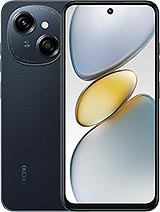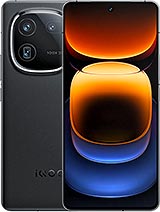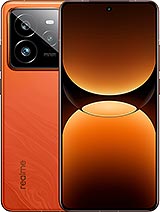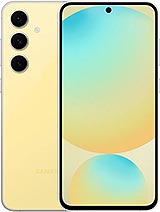Lava Yuva Star 4G alternatives
Tap above to see alternatives.
Oppo Reno13 Pro alternatives
Tap above to see alternatives.
Lava Yuva Star 4G

Lava Yuva Star 4G
-
Unisoc SC9863A
28 nm
-
5000 mAh
10W
-
6.75"
720 x 1600 pixels
-
13 MP
1080p@30fps
Oppo Reno13 Pro

Oppo Reno13 Pro
-
Dimensity 8350
4 nm
-
5800 mAh
80W
-
6.83"
1272 x 2800 pixels
-
50 MP
4K@30/60fps
4x1.6 GHz Cortex-A55
4x1.2 GHz Cortex-A55
1x3.35 GHz Cortex-A715
3x3.20 GHz Cortex-A715
4x2.20 GHz Cortex-A510
12GB 512GB (UFS 3.1)
(wide), AF
f/1.8, 24mm (wide), 1/1.56", 1.0µm, multi-directional PDAF, OIS
50 MP
f/2.8, 85mm (telephoto), PDAF, OIS, 3.5x optical zoom
8 MP
f/2.2, 15mm, 116˚ (ultrawide), 1/4.0", 1.12µm
1080p@30/60/120fps, gyro-EIS
f/2.0, 21mm (wide), AF
1080p@30/60fps, gyro-EIS
SIM1: Nano, SIM2: Nano
SIM1: Nano, SIM2: Nano
FDD: N1, N3, N5, N8, N28
TDD: N41, N77, N78
TDD N41 / N77 / N78
In this comparison, the Oppo Reno13 Pro with the Mediatek Dimensity 8350 (4nm) performs better than the Lava Yuva Star 4G with the Unisoc Unisoc SC9863A (28nm), thanks to its more efficient chipset.
The Oppo Reno13 Pro offers 3 years of OS updates, while the Lava Yuva Star 4G provides 1 years. When it comes to security updates, Oppo Reno13 Pro leads with 4 years of support.
Oppo Reno13 Pro has a superior AMOLED display, while Lava Yuva Star 4G uses an LCD panel. Moreover, Oppo Reno13 Pro offers a higher 120 Hz refresh rate for smoother scrolling. These phones offer the same brightness level at nits. Notably, Oppo Reno13 Pro has a higher resolution display, resulting in sharper visuals.
Oppo Reno13 Pro has a larger 5800 mAh battery for longer usage. Oppo Reno13 Pro supports faster wired charging at 80W. Oppo Reno13 Pro supports wireless charging at 50W, while Lava Yuva Star 4G lacks this feature.
Oppo Reno13 Pro has an IP68 rating, while Lava Yuva Star 4G lacks official water and dust resistance.










